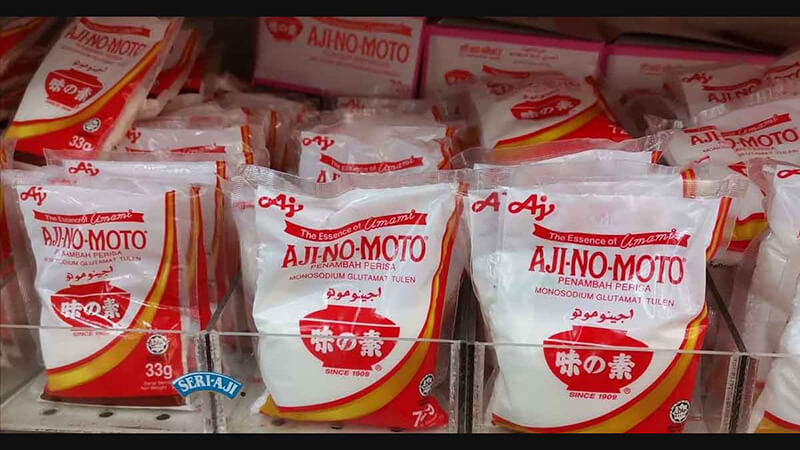Ajinomoto adds flavor to not only simple dishes such as stir-fried vegetables and rice with egg, but also to more elaborate dishes with just a little bit of ajinomoto.
It is a popular seasoning used not only in Japan but also in many other countries.
Because it is such a delicious seasoning, we use it frequently. Have you ever run out of it because you were careless?
Oh no!!! I don’t have ajinomoto. What shall I do…😭😭😭
So, in this issue, we will introduce some substitutes for ajinomoto that can be useful in such times of need.
Ajinomoto: The magic seasoning
Many people are not familiar with the role of ajinomoto, which many people use without much thought.
So, first of all, let us introduce what role ajinomoto plays.
Maximizing the flavor of food ingredients
Ajinomoto is a seasoning made from glutamic acid, which is the source of umami. Glutamic acid is abundantly contained in kelp and other seaweeds, and is effective in bringing out the umami of ingredients.
It shortens the cooking time
Ajinomoto deepens not only the umami but also the richness of food, so even dishes that require a little more time to prepare, such as stewed dishes, can be made richer in a short time, thus shortening the cooking time.
For these reasons, many people find it hard to give up ajinomoto once they use it.
8 substitutes for ajinomoto are the way to go
Here are some substitutions you can make when you don’t have ajinomoto. Try them!
Substitutes For Ajinomoto: HONDASHI
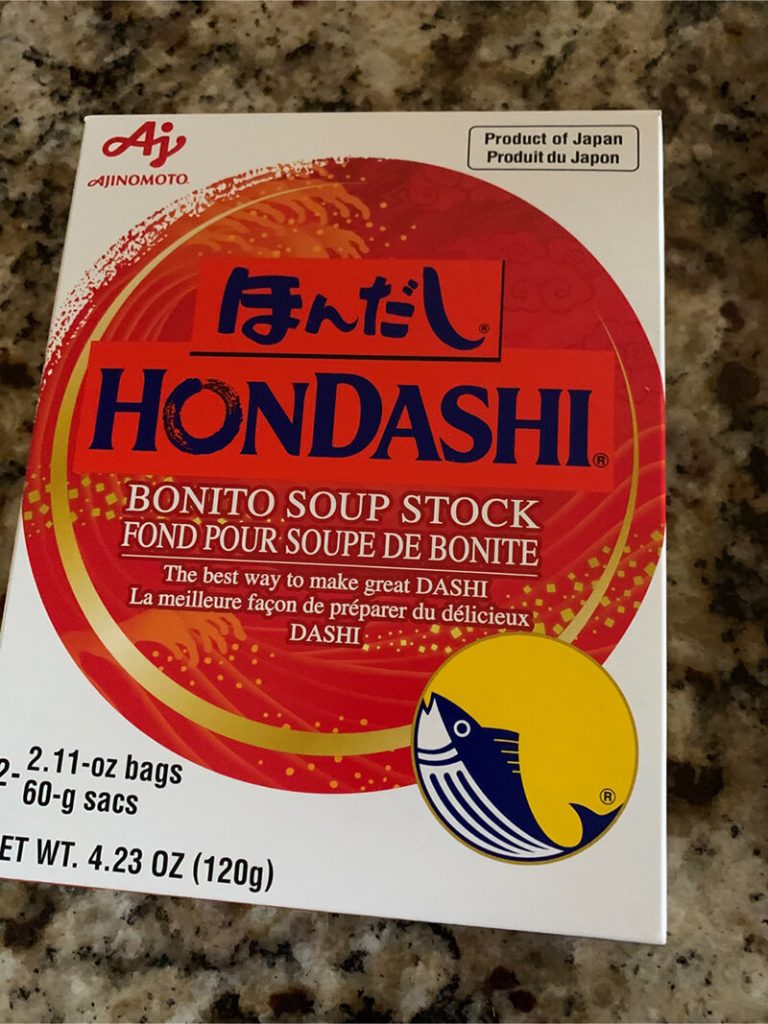
Hondashi is convenient for those times when “making dashi broth is a hassle…”.
Hondashi is made from bonito, which contains glutamic acid, the main ingredient of ajinomoto, so it can be used as a substitute for ajinomoto.
It differs from ajinomoto in that it “tastes like bonito” and “contains other seasonings such as salt.
Therefore, as with ajinomoto, adding a large amount of ajinomoto may result in a strong taste, or may significantly change the flavor of some dishes, so it is recommended that a very small amount be added.
Substitute For Ajinomoto: Dashi Stock
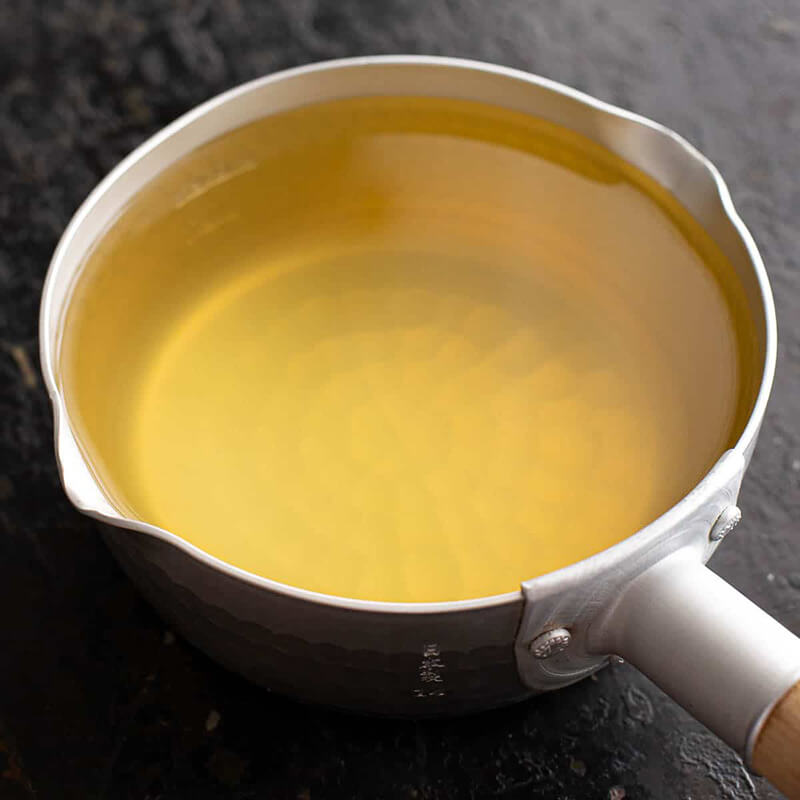
Dashi no moto is also a powdered soup stock made from bonito, just like hon-dashi, and can be used as a substitute.
It can be used in the same way as hon-dashi, just by adding a very small amount to a dish.
However, since it is also a powdered dashi, the taste is quite strong, so be careful not to add a large amount, as it will ruin the flavor of the dish.
Substitute For Ajinomoto: Kelp Dashi
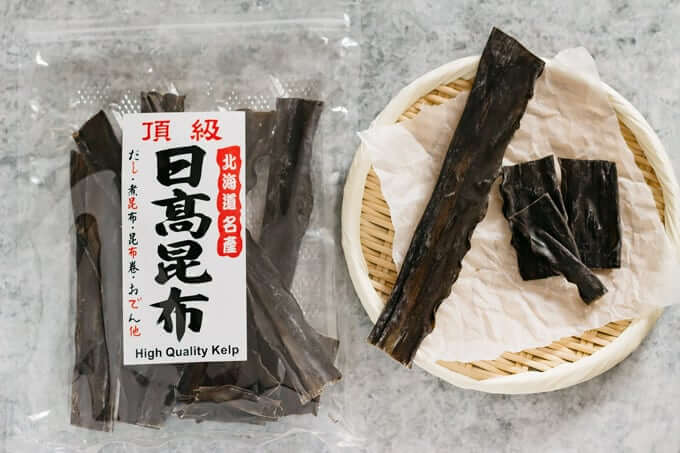
Compared to bonito dashi, powdered kelp dashi soup stock, which is high in glutamic acid, is less assertive in flavor, making it an easy seasoning to use similar to ajinomoto.
However, since it is originally intended to be dissolved in water, it also contains a lot of salt, even though it is less assertive in flavor than bonito dashi.
Care should be taken not to add too much of it, as it can lead to excessive salt intake.
Substitute For Ajinomoto: Kelp Tea
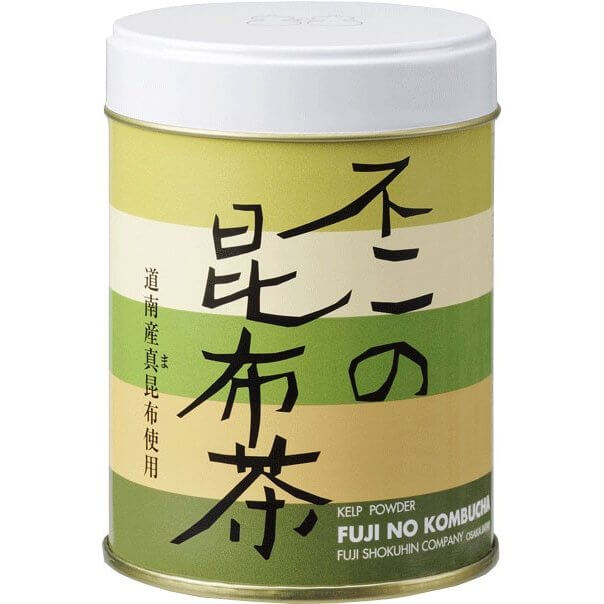
Since kelp tea is powdered kelp, it contains a lot of glutamic acid and has the effect of bringing out the flavor well.
Because there are some kelp tea that contains salt or hail depending on the kind, if you want to use it for various dishes, you can use it all-purpose by choosing the one that does not contain them.
Of course, you can also enjoy drinking it as tea, which is its original use, and not as a seasoning, so you can use it up without excess even if one of the uses is not suitable for the other.
Substitute For Ajinomoto: Dried Shiitake Mushrooms
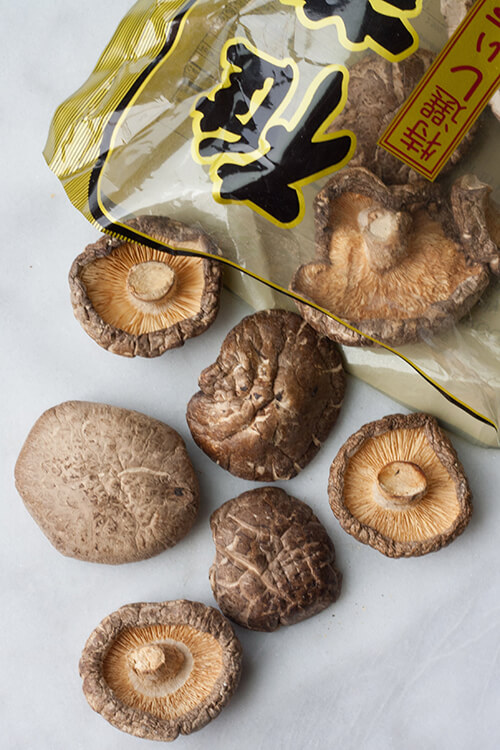
Dried shiitake mushrooms also contain a lot of glutamic acid, which can bring out the umami flavor like ajinomoto.
It can be used not only by putting it back in water, but also by putting it back in cooking sake, which will infuse the flavor of the dried shiitake into the sake, making it even easier to use in cooking.
In addition, it is recommended to cut up and add the rehydrated shiitake mushrooms to make the dish even tastier.
Substitute For Ajinomoto: Haimi
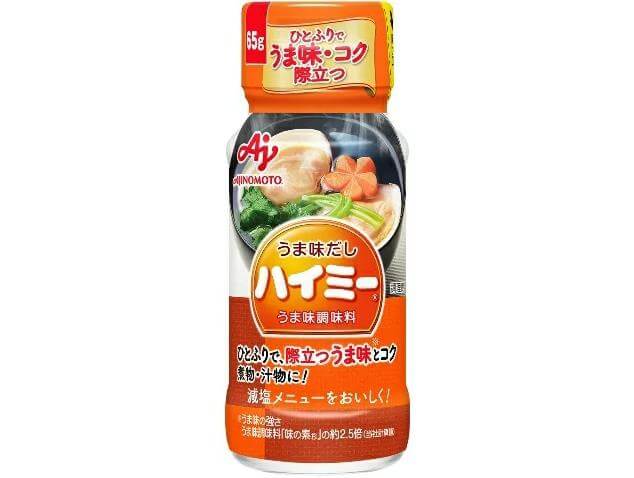
You have probably seen it before, as it is often sold side by side with ajinomoto.
It is the same flavor enhancer as ajinomoto, and is slightly less expensive.
It is a little less expensive than ajinomoto, but the main difference is that Haimi has a stronger and richer umami flavor than ajinomoto.
It can of course be used as a substitute for ajinomoto, but it has a stronger flavor than ajinomoto, so it can become spicy if added in large quantities.
Therefore, it should be used in smaller quantities than when ajinomoto is used.
Substitute For Ajinomoto: Miso
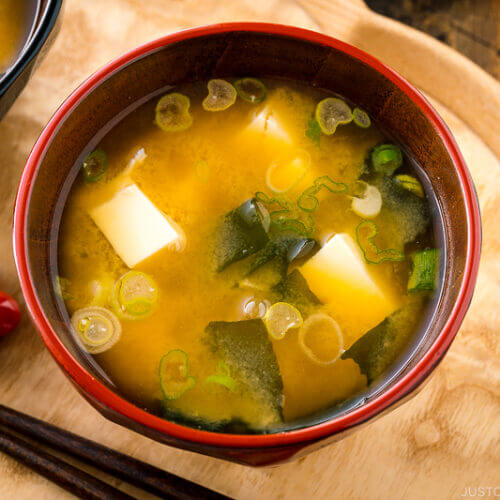
For stir-fried vegetables, a little miso is all that is needed to add flavor and richness, just like ajinomoto.
Glutamic acid is made by fermentation, and miso, another fermented food, contains a lot of it.
Therefore, it can be used as a substitute in some dishes by making good use of it.
However, miso is quite salty, so be careful not to add too much.
Substitute For Ajinomoto: Cheese

It may come as a surprise, but cheese also contains the same glutamic acid as ajinomoto, which gives it a delicious flavor and richness.
Although it cannot be used in some dishes, it can be used in almost all Western-style dishes.
One caution is that it is quite high in calories, so if you are concerned about it, be careful not to add too many calories!
Ajinomoto is not absolutely necessary
We have listed some substitutions, but ajinomoto is not absolutely necessary to include.
Therefore, if you don’t have it, don’t add it. It is also one of the best ways to make the food tastier.
There are many ways to bring out umami, and by using creative ingredients, it is possible to create dishes with a strong umami flavor even without ajinomoto.
Foods that contain glutamic acid, the main component of ajinomoto, are found in many familiar foods such as tomatoes as well as kelp.
Although ajinomoto brings out the best flavor, it also makes food more intense in taste, so if small children or other children are given a meal containing ajinomoto every day, their sense of taste may be impaired.
As a result, small children may become unable to accept foods that are only rich in flavor.
Therefore, we recommend that families with small children avoid the use of ajinomoto and use substitutes that are not chemical seasonings, such as kombucha (kelp tea).
Summary
✔ Ajinomoto is a seasoning containing glutamate, which brings out the flavor and richness in food.
✔ The following 8 are recommended substitutes for ajinomoto.
✔ Hondashi, dashinomoto, kombu dashi, kombu tea, dried shiitake mushrooms, haimi, miso, and cheese.
✔ Foods containing glutamic acid such as kelp tea and hon-dashi can be substituted.
✔ If you do not have ajinomoto, there is no problem even if you do not add it.
✔ Be careful not to give too much ajinomoto from a young age, as it may affect the sense of taste.
